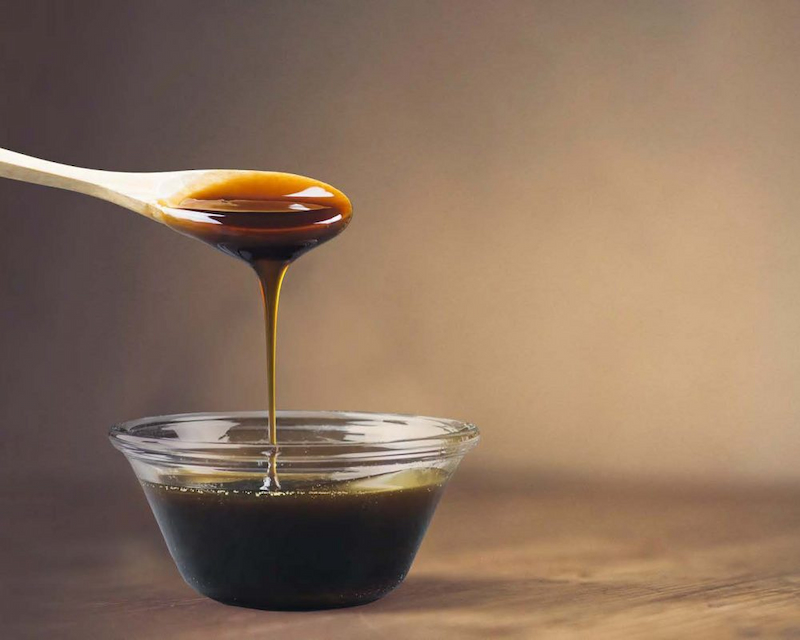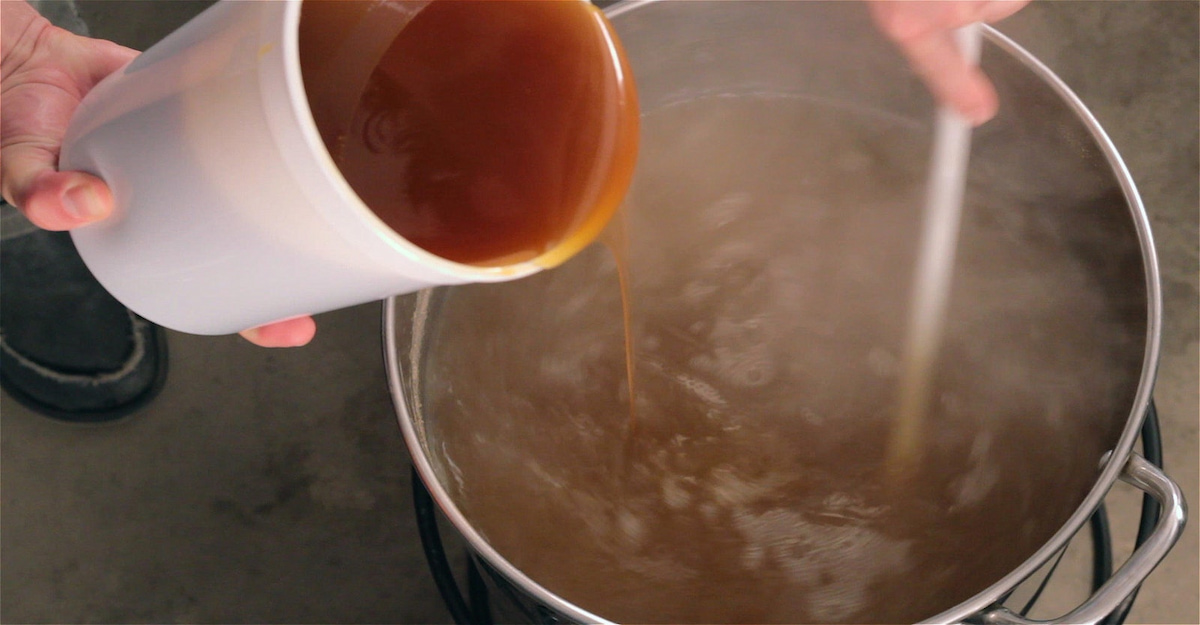There are million and one ways to buy and try beer, but none of them can beat the taste and thrill of making and enjoying your own beer. The process of making your own beer is known as homebrewing is the process of making your own beer, and it has expanded a lot over the years.
By stocking with the right essentials, you’ll be able to create some exquisite beer, that if you decide, you can sell one day. Speaking of equipment, an important ingredient that can make a difference in the taste of your beer is the malt and all-grain extracts. But in order to find out how, first, you need to understand what they are.
What Are Malt Extracts?

Malt is a grain used for preparing beer. In fact, malt extract is essential for a beer’s style, so choosing the right class will help you create your preferred beer style. The process of brewing with these extracts is small which is why a lot of people choose malt extracts for improving beer taste and style.
Benefits
The greatest benefit of using these extracts is that you aren’t required to have special equipment or skills for mashing down a large number of malts in comparison to stocking on other grains. You can even buy a ready-made kit that will allow you to brew with malt easily and promptly. Brewing with these extracts means that you won’t need to wait 60 minutes for the mash, as all you’ll need to do is mix the extract with water and start boiling.
Usually, these extracts come with instructions, so if you follow them, you’ll be done with your brew in less than 2 hours. The only ‘downside’ of brewing with malt is that it might be more difficult for you to brew lightly coloured beers. However, if this is something that doesn’t bother you, feel free to use malt. Practice shows that for brewing with these extracts you won’t need a separate mash tun or a larger kettle which also makes it cost-effective.
Types
Generally speaking, you can choose from liquid and dry brewing malt extracts for your beer. The liquid one comes in a liquid form obviously and it’s available in cans and pouches, while the dry one comes in the form of powder and it’s mainly packed in bags. Although both of them behave the same way when used for brewing, the main difference is how easily they can be stored after their opening.
When comparing both of them, it seems that the liquid form of malt syrup is more difficult to store if not used all at once. That’s because the liquid malt will degrade and darken over time even if you keep it in the fridge. Meanwhile, you won’t have that kind of problem once you open a dry malt. Even if you don’t use all of it, you can keep it in a jar and keep it sealed in a darker place.
Is Malt Extract Healthier than Sugar?
Given the fact that malt is sweet just like sugar, a lot of people use it in cooking as well as a substitute for processed sugar. Malt ‘sugar’ is high in antioxidants, micronutrients and phytochemicals. There you have one reason why you should feel good about (moderately) consuming this drink.
What Are All-Grain Extracts?

Even though brewing can be made with grain and malt at the same time, some love the idea of brewing only with grain. Grain extract is obtained by crushed grains soaked in water between 62 and 70 °C for 1 hour in order to extract the grains’ sugars where the water temperature usually depends on the beer’s style and characteristics.
Unlike mashing malt, mashing grains may take longer than 60 minutes while not taking into account the sparge, both of these will take a significant amount of your time, so if you’re new to homebrewing or tight on time, it would be better if you stock on malt instead of grain extracts. Speaking of mashing, mashing all grains will leave lots of wet grain that you can’t use, but will need to dispose of.
This will require a significant amount of your extra time, and this is something that not all of us have these days. While it’s said that beer made with all-grain extracts will taste more like professionally made beers, brewing with all-grain extracts is also costlier. In order to make a beer with all-grain extract, you’ll also need to invest in more equipment than just the regular.
Aside from the regular mash tan, kettle for boiling wort and a wort chiller (optional since most beginners use the kitchen sink to chill wort), you’ll also need a large pot for heating water, pH testing equipment, thermometer, grain mill, gas burner, and gypsum salt. All of this will cost you more, so if you’re a beginner, it would be better if you start brewing your beer with malt, and once you become better you can try brewing with all-grain extract.
